Timeline: The case against the Zombie Hunter
Bryan Patrick Miller violently murdered two young women in Phoenix in the early 1990s and went decades without being caught. By the time police caught up to him, he had a new persona and was hiding in plain sight. Genetic genealogy and DNA would be the keys to identifying him as the killer.
See how investigators tracked down a killer more than 20 years after the Phoenix canal murders.
The Zombie Hunter
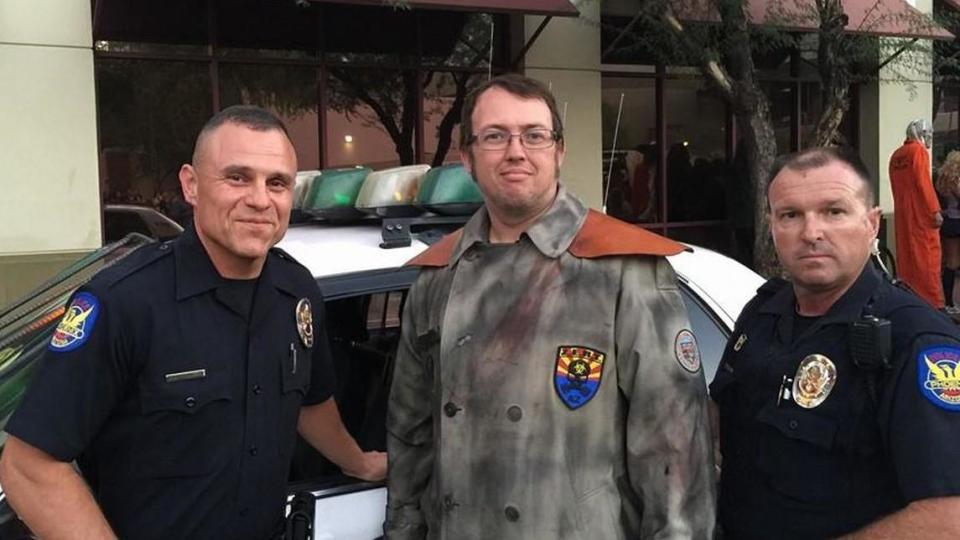
In 2014, Miller was known to many in the Phoenix area as the Zombie Hunter – a comic-book-inspired character who wore a mask and a long trench coat and carried a fake Gatling gun. He drove around in a tricked-out old police car and attended events taking photos with fans and even police officers. Investigators would later learn the man behind this costumed character had an extremely violent past.
1989: Celeste Bentley stabbing

In May 1989, a Phoenix woman named Celeste Bentley got off a bus at the same stop as a 16-year-old Miller. "Well, when he had ran by me, I thought he had just hit me," Bentley said. "But then, I reached back to my back and I pulled my hand up and I saw the blood."
Miller had stabbed Bentley in her upper back. He was caught and charged with aggravated assault and sent to juvenile detention where he stayed until he turned 18.
1990: An ominous note

While Miller was in juvenile detention, his mother Ellen made a strange discovery. She told police she found a disturbing note while cleaning his room. The note, with the heading "Plan" on the second page detailed a sadistic scheme to torture and kill a young woman. Ellen gave the note to police and refused to let Miller return home, so he moved into a halfway house.
Nov. 8. 1992: Angela Brosso disappears
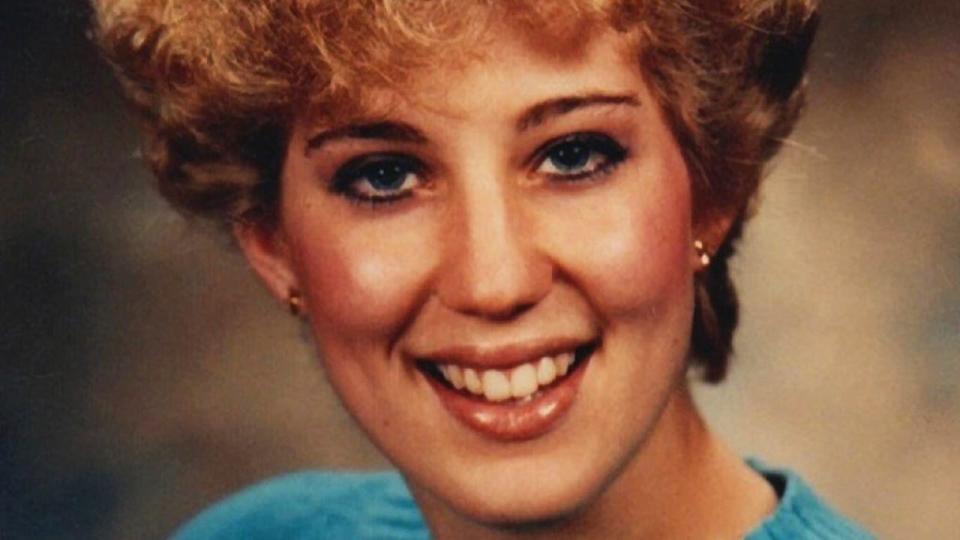
On the eve of her 22nd birthday, a Phoenix woman named Angela Brosso went out for a solo evening bike ride. Her boyfriend Joe stayed home to bake her a birthday cake and expected her to be home within the hour. When Brosso didn't return, Joe took his bike out and rode around looking for her. He told investigators he went out three times that night looking for Brosso but couldn't find her.
Nov. 9, 1992: Brosso's body is found
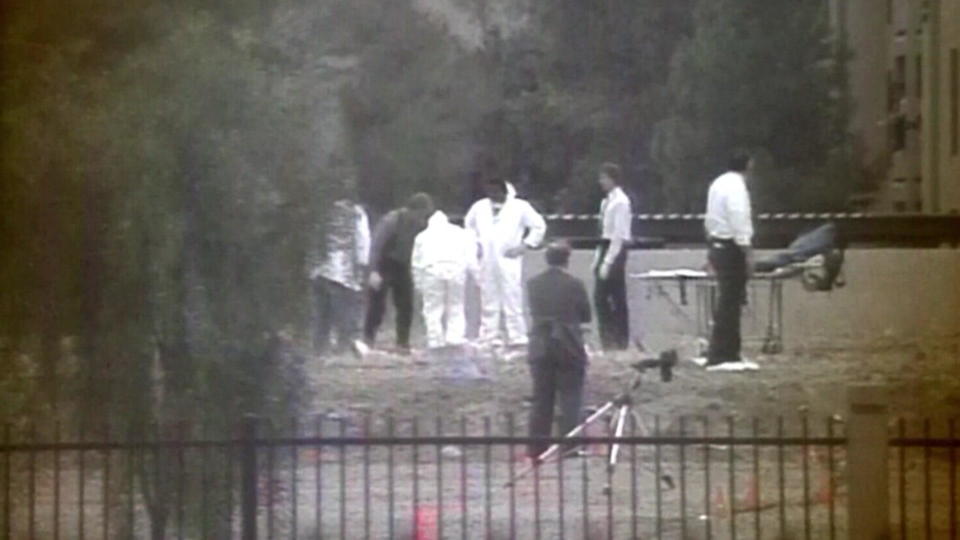
The next morning, police searching for the missing woman came upon Brosso's body in the field next to her apartment. She had been fatally stabbed in the back, sexually assaulted and decapitated. Her head was nowhere to be found. Investigators discovered she had been attacked on the nearby bike path, and her bike was also missing.
Eleven days later, Brosso's head was spotted in the Arizona Canal, about two miles from where her body had been found. Due to a lack of decomposition, investigators believed the killer may have kept her head in a refrigerator before dumping it in the canal.
Sept. 21, 1993: Melanie Bernas goes missing
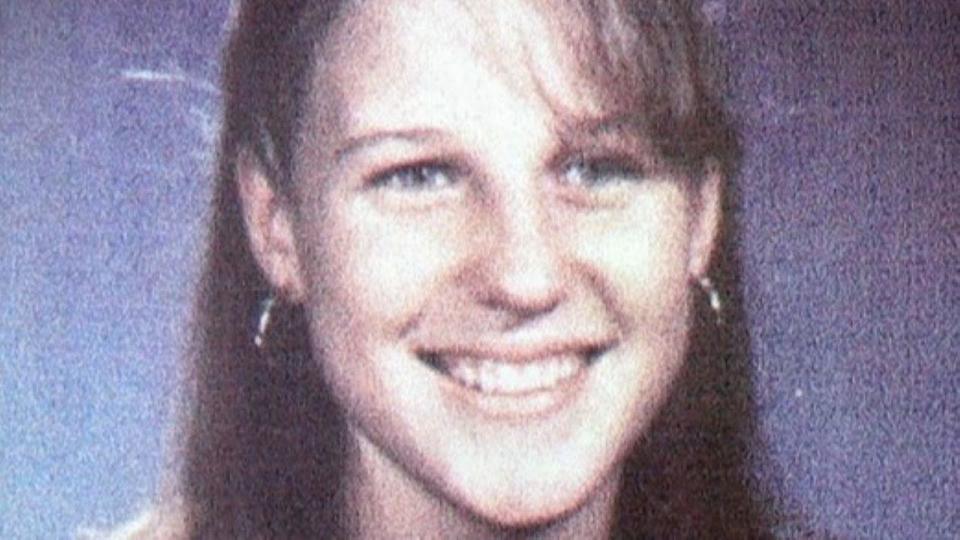
Ten months later, high school junior Melanie Bernas took an evening bike ride while her mother Marlene was out to dinner. Marlene told police that when she came home that night, Melanie and her bike were gone.
The next morning, Phoenix local Charlotte Pottle was riding her bike with her daughter in the back seat when she rode through a strange-looking puddle. She circled back to get another look.
"I could tell that it was a puddle of red, that it was a puddle of blood," said Pottle. She also noticed drag marks. She rode home and called police. When police came to the scene, they found Melanie's body floating in the canal dressed in a blue bodysuit. She had been fatally stabbed in the back and sexually assaulted. A matching DNA profile was found on both victims. Melanie and Angela's murders became known as the "canal murders."
1994: A tip
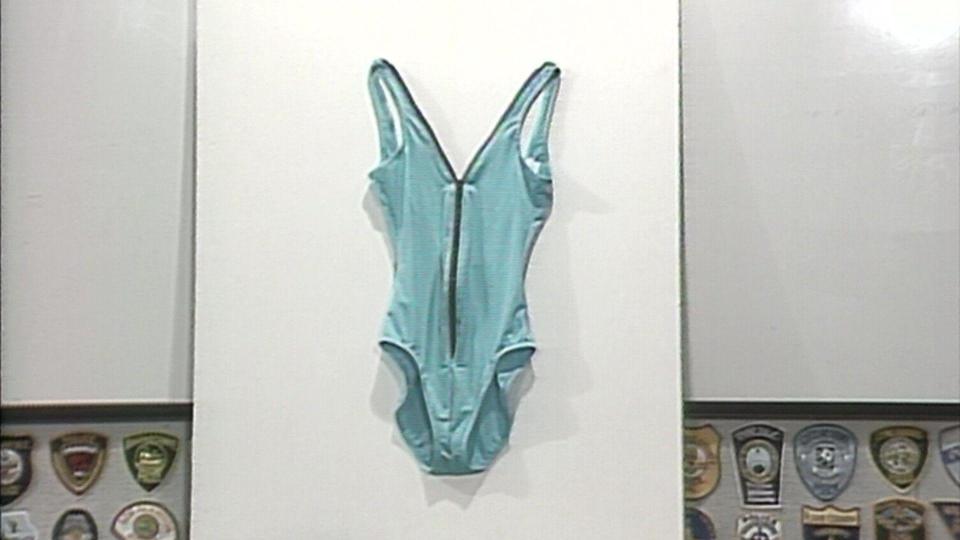
In 1994, investigators received a tip suggesting Miller may have had a distinctive teal body suit that was similar to the one Melanie was found in. Investigators at the time seemingly never pursued Miller.
The case goes cold
With a volume of tips coming in and hundreds of persons of interest, investigators were unable to find the person responsible for the murders. Decades passed with no arrest.
2011: The cold case unit

In 2011, Phoenix police detective Clark Schwartzkopf was working with the cold case unit investigating the canal murders. He says there were over 600 persons of interest in the case files. "I said, 'OK, give me the list,'" said Schwartzkopf. "Let's start at A and I'm going to go through all the backgrounds on all these people and see if I can find anybody in there that would be possible of … committing this type of potential violence."
2014: Genetic genealogy provides a new lead

In late 2014, forensic genealogist Colleen Fitzpatrick spoke to investigators at a conference. Fitzpatrick's company, Identifinders International, had developed software that could mine public genealogy databases, searching for matches to crime scene DNA. Phoenix police sent her the DNA information from the canal murders. Fitzpatrick's company crunched the data and came up with the surname Miller. Schwartzkopf found six people with the last name Miller on his list. One of those names was Bryan Patrick Miller: a 42-year-old man with a juvenile record for the stabbing of Celeste Bentley.
December 2014: Surveilling a potential suspect
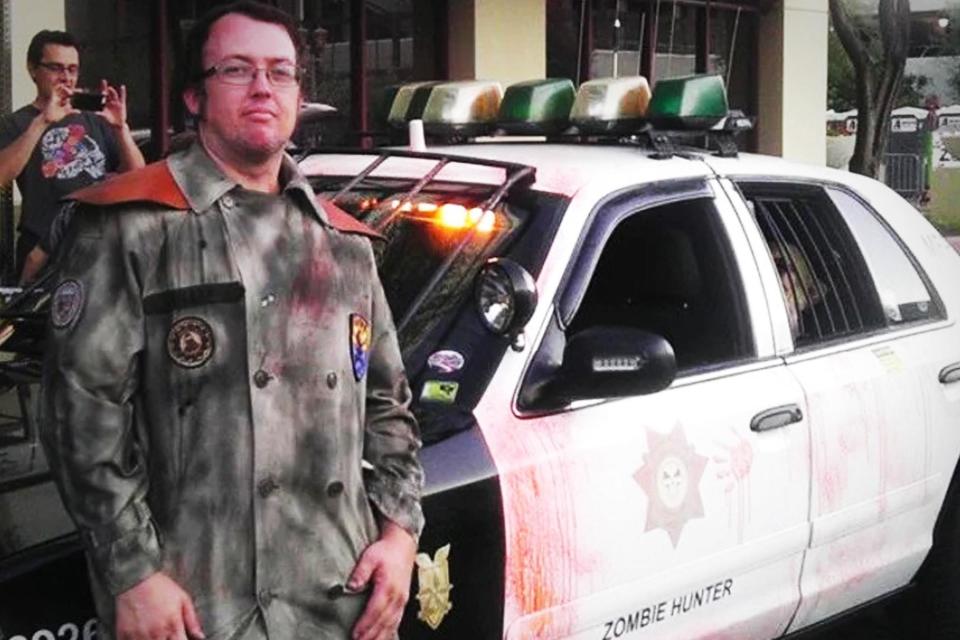
Schwartzkopf began to conduct surveillance on Miller and observed him on his breaks from work at an Amazon warehouse. To determine if he was the killer behind the decades-old canal murders, Schwartzkopf would have to obtain Miller's DNA. He came up with a ruse. During one of Miller's work breaks, Schwartzkopf approached Miller's car, introduced himself and offered a job proposal.
"I introduced myself as a security consultant. I said, 'listen, I've got a team of people here in this parking lot and we're watching this building that's north of you.'" He told Miller the owner suspected thieves were stealing merchandise and had hired him to watch the building.
"You're always … out here for your breaks," Schwartzkopf said he told Miller. "… would you be interested in working for me as a security officer watching the building while you're outside?" Miller agreed and Schwartzkopf later scheduled a meeting to fill out a job application, with the hope of getting Miller's DNA.
Jan. 2, 2015: The sting at Chili's

Schwartzkopf arranged for Miller to meet him at a Chili's restaurant in Phoenix. Schwartzkopf says investigators from the cold case unit were on the scene, working with staff to ensure Miller's silverware and dishes were free from contamination.
"So, they watched them pull them outta the dishwasher," Schwartzkopf told "48 Hours." "The detectives take the plates and the glasses and the silverware, and they move them directly to a booth that this manager has set up for us, away from everybody else."
To Schwartzkopf's surprise, Miller arrived with his 15-year-old daughter. Miller ordered a hamburger and a water and when he finally took a drink, Schwartzkopf knew he had his DNA. But after observing Miller's mild temperament and his rapport with his daughter, Schwartzkopf doubted Miller could be the person responsible for the brutal canal murders in the early 1990s.
After the meal, they left the restaurant and detectives seized Miller's glass and sent it to the Phoenix Police Department crime lab for DNA analysis.
Jan. 13, 2015: DNA match
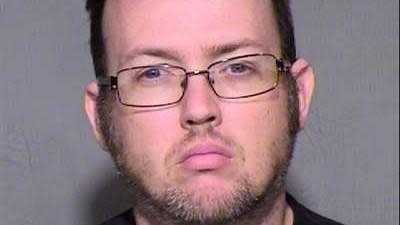
Eleven days later, the head of the crime lab told investigators they had a match to the DNA from the crime scenes where both Angela Brosso and Melanie Bernas were found.
"She leans down to me, she goes, 'It's him … Bryan Miller, it's him,'" said Schwartzkopf.
Miller was arrested later that day. He was charged with first degree murder in both Angela Brosso and Melanie Bernas' deaths. When a detective told him they had DNA linking him to the canal murder victims, Miller replied, "I don't see how that's possible." He also denied killing anyone.
"It's full of crap"

Investigators got a search warrant for Miller's house where he and his teenage daughter had been living. Schwartzkopf was shocked by the state it was in.
"I can remember like it was yesterday walking up to the front door and everybody going, 'you can't get in that way.' … 'It's full of crap,'" said Schwartzkopf.
Schwartzkopf and his team went through the entire house collecting items of evidence, but the women's long lost bicycles were not found, and neither was the murder weapon.
Trial for the canal murders
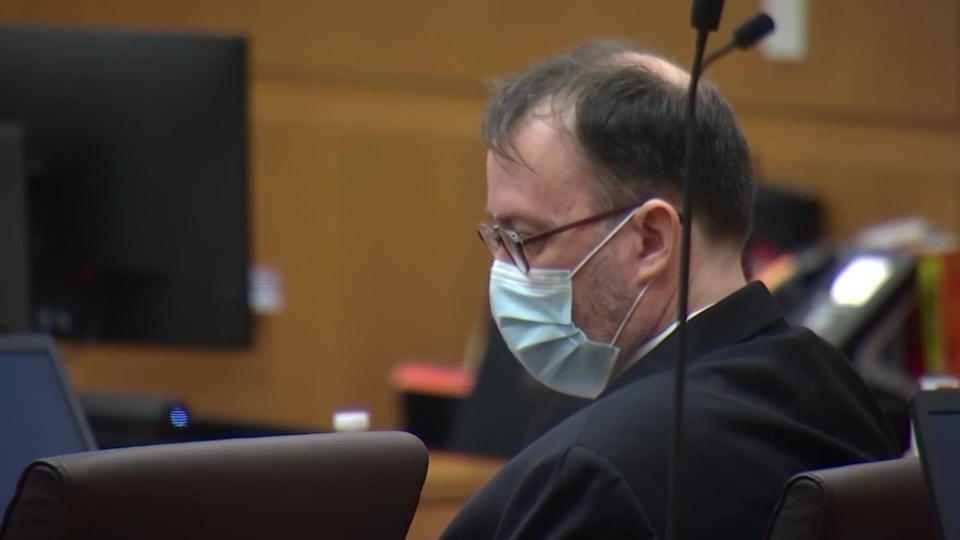
Miller's trial began in October 2022. His attorney's admitted Miller was the canal killer but said that due to abuse he endured as a child, he developed severe mental health problems. His lawyers argued he was not guilty by reason of insanity.
A psychologist testified that Miller developed a condition known as dissociative amnesia - an inability to remember some traumatic events. Miller's attorneys claimed he had no memory of the canal murders. Miller claims he did not commit the murders.
Judge Suzanne Cohen found Miller guilty of both murders. In June 2023, Cohen sentenced him to death. Under Arizona law, he will have an automatic appeal.
Messages from death row
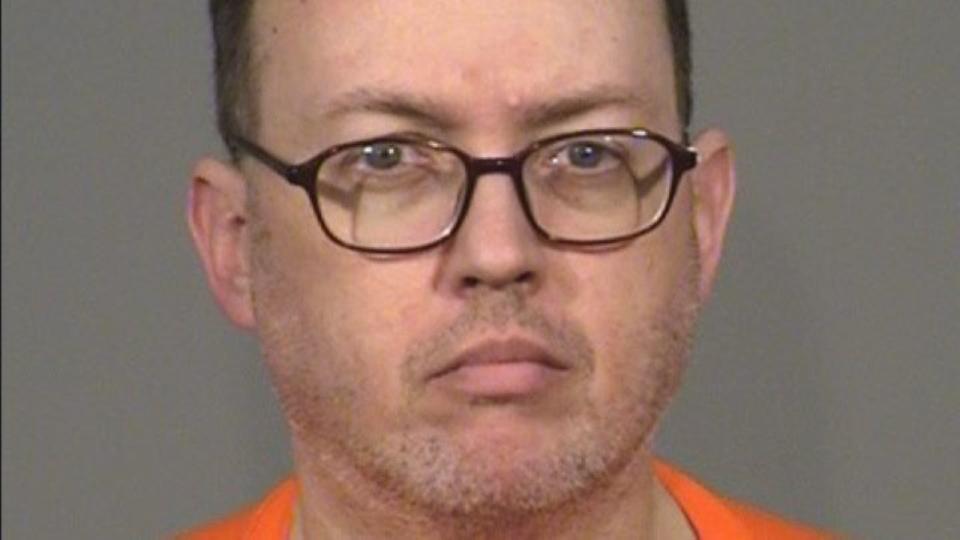
Miller, now in his 50s, sits on death row at the Eyman Prison Complex in Florence, Arizona. A "48 Hours" producer contacted him via email to discuss the case. Miller maintains he did not commit the canal murders. When asked to explain how his DNA was found at both crime scenes, Miller said that is a question that will go unanswered.
"If I had a provable answer for that I wouldn't be in this situation now, would I," Miller replied. He says he doesn't believe he had a fair trial.
Regarding the prison conditions, Miller wrote, " … it is far from great, as I am even more isolated from those I care about and also my legal team, the food is still not great and the cells are getting very cold now that temps are falling."
He also expressed his personal views on the death penalty and its effect on the people he sees around him: "I see wasted lives and potential that would have been beneficial to society … I have always been against the death penalty and the more I see what death row is and who is here and how they got here, I am even more against it."
Miller says what he misses most is spending time with his daughter and friends and going to car shows and events.
Pink: The 60 Minutes Interview
Isle of Man TT: The world’s most dangerous motorcycle race | 60 Minutes
“Five Eyes” intelligence leaders warn of China’s global espionage campaign | 60 Minutes

